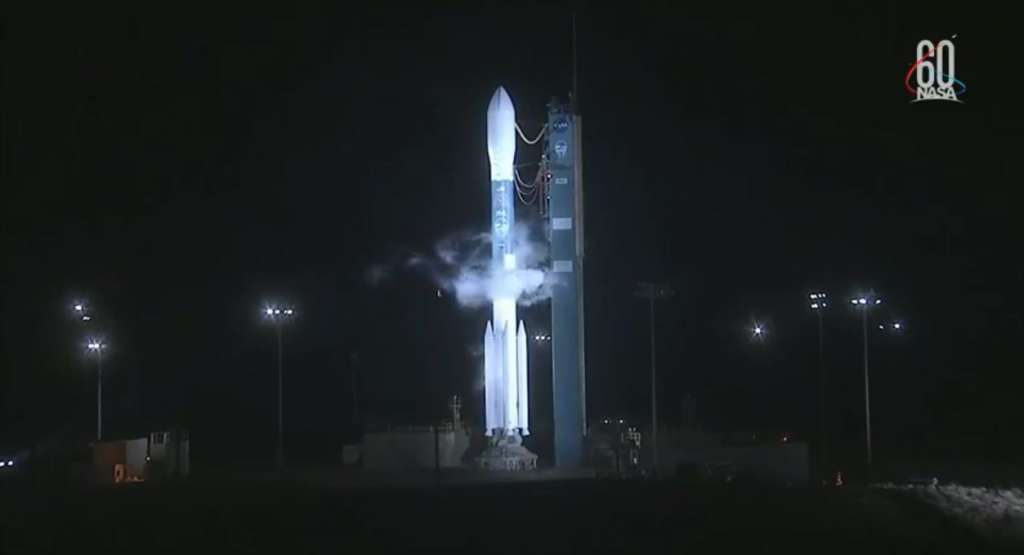(CNN) — NASA on Saturday launched its most advanced laser device into space to measure changes in the heights of Earth’s polar ice, as well as other topographical features.
The Ice, Cloud and land Elevation Satellite-2, or ICESat-2, launched at 9:02 a.m. ET from Vandenberg Air Force Base near Lompoc, California.
A United Launch Alliance Delta II rocket carried ICESat-2 into orbit, where it will travel at speeds of more than 15,000 mph. The satellite will be equipped with an Advanced Topographic Laser Altimeter System (ATLAS), which will send 10,000 laser pulses per second to Earth to measure the height of ice sheets, glaciers, forests and bodies of water. It will do this by calculating how long it takes for individual photons that leave the instrument to ricochet off Earth and return to the satellite.
NASA said the mission will add a “third dimension” to its study of Earth. Agency satellites already provide a constant stream of detailed images of the planet’s changing geographical features. ICESat-2 will add height measurements — accurate to a fraction of a centimeter — to the mix.
“The precise and complete coverage afforded by ICESat-2 will enable researchers to track changes in land and sea ice with unparalleled detail, which will inform our understanding of what drives these changes,” NASA said in a statement.
Scientists already know that global warming is causing polar ice to melt and sea levels to rise. This mission will reveal how quickly it is happening and where most of the melting is occurring. With that data, scientists can forecast its likely impact on the world.
Flying above the Arctic with NASA
ICESat-2 will “extend and improve” upon NASA’s initial ICESat mission, launched in 2003, the agency said in a statement.
Doug McLennan, ICESat-2 project manager, said in a mission briefing on Thursday that he expected the launch to occur as scheduled.
“It was a very challenging mission to come up with,” said McLennan. “The instrument, the ATLAS instrument, took longer than we thought. But now, everything is buttoned up and sitting on top of that rocket ready to go and we’re very, very excited.”
The-CNN-Wire™ & © 2024 Cable News Network, Inc., a Time Warner Company. All rights reserved.

